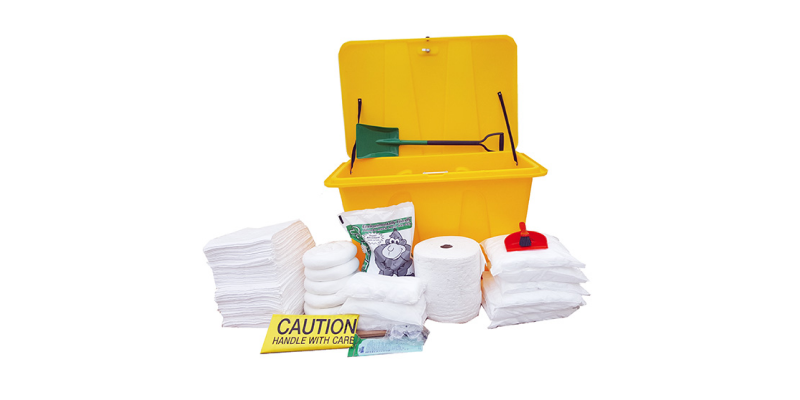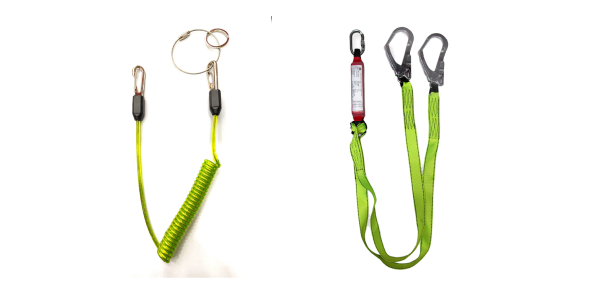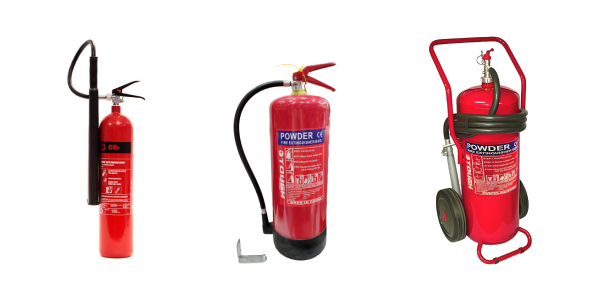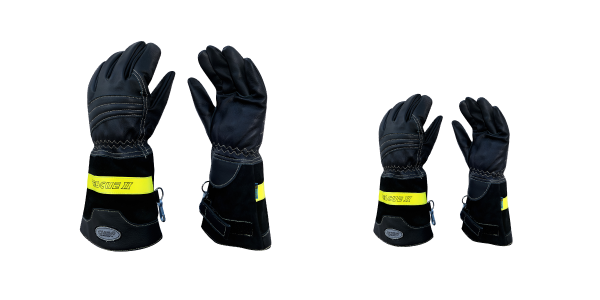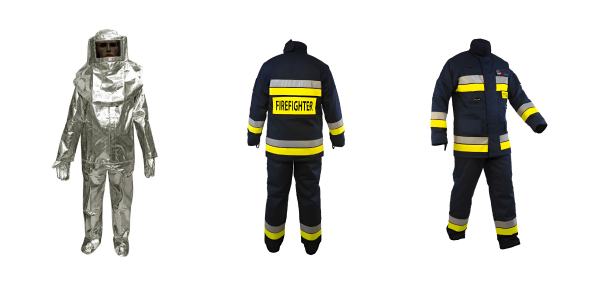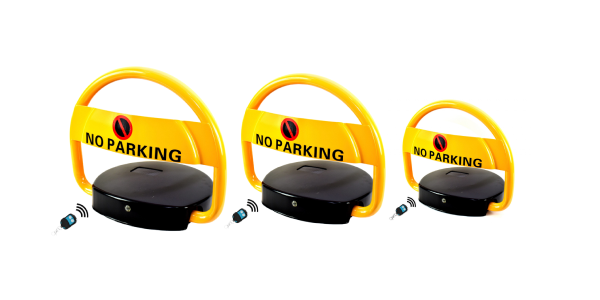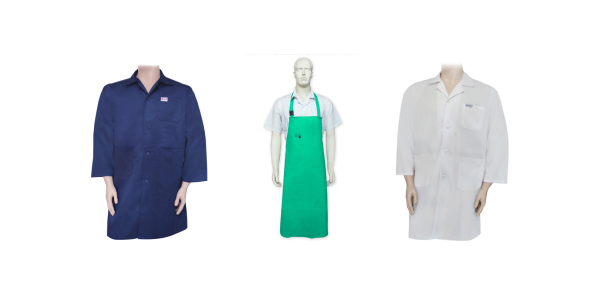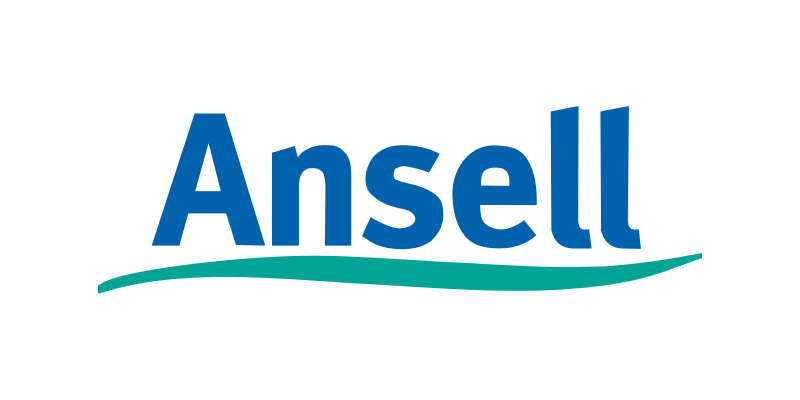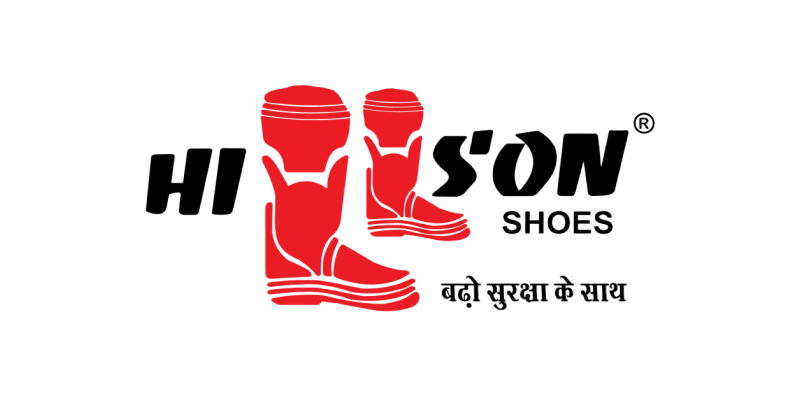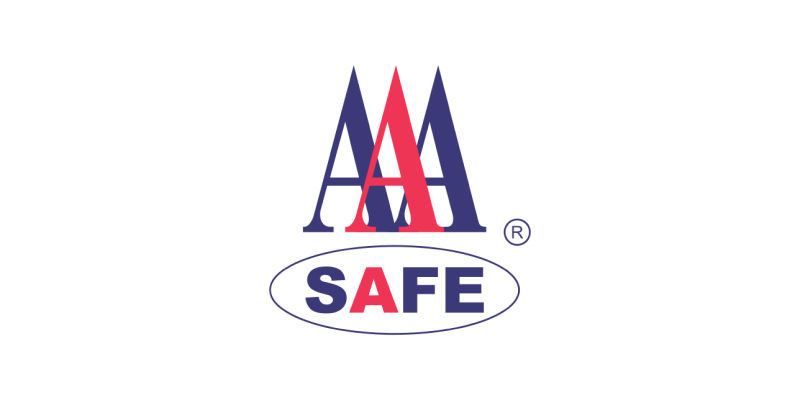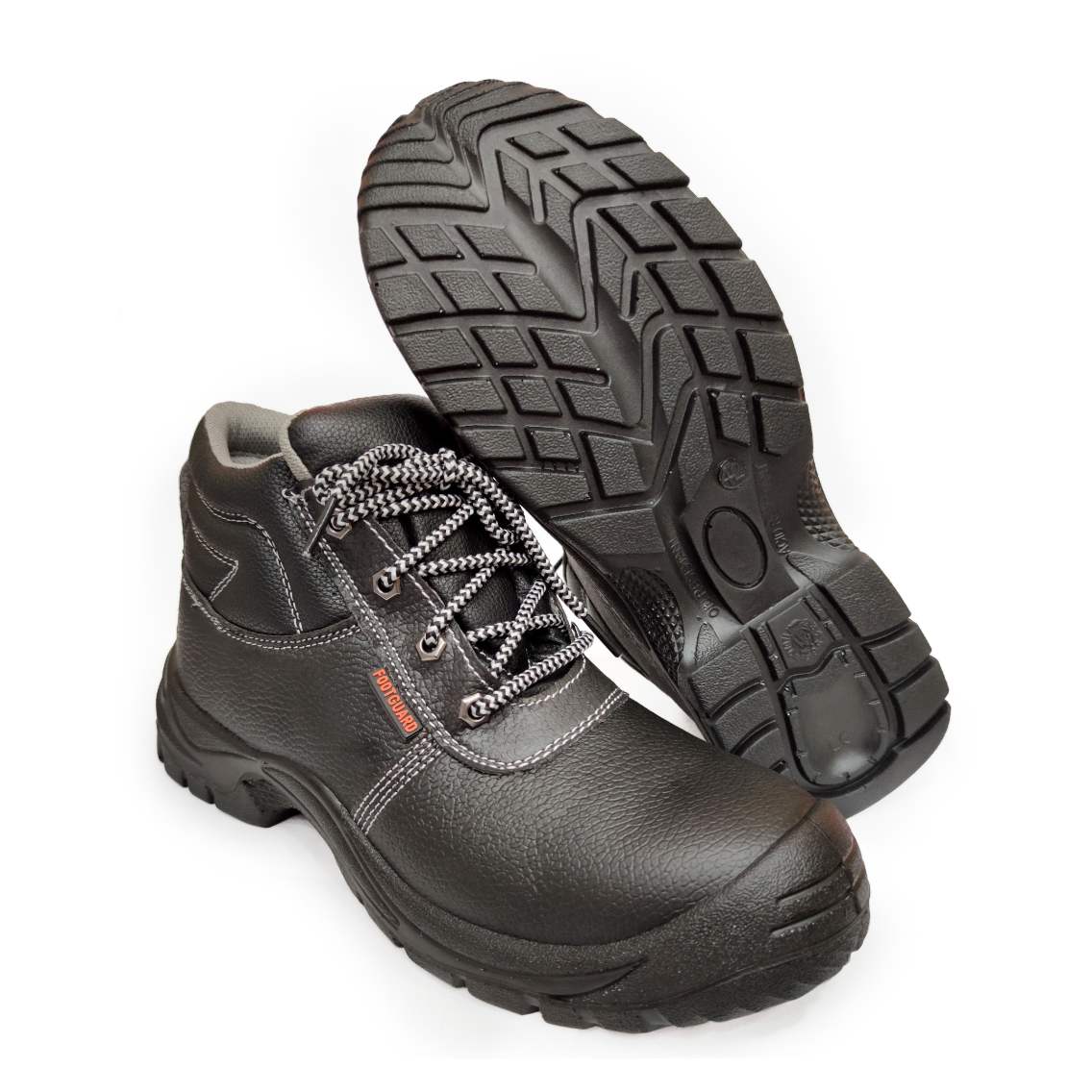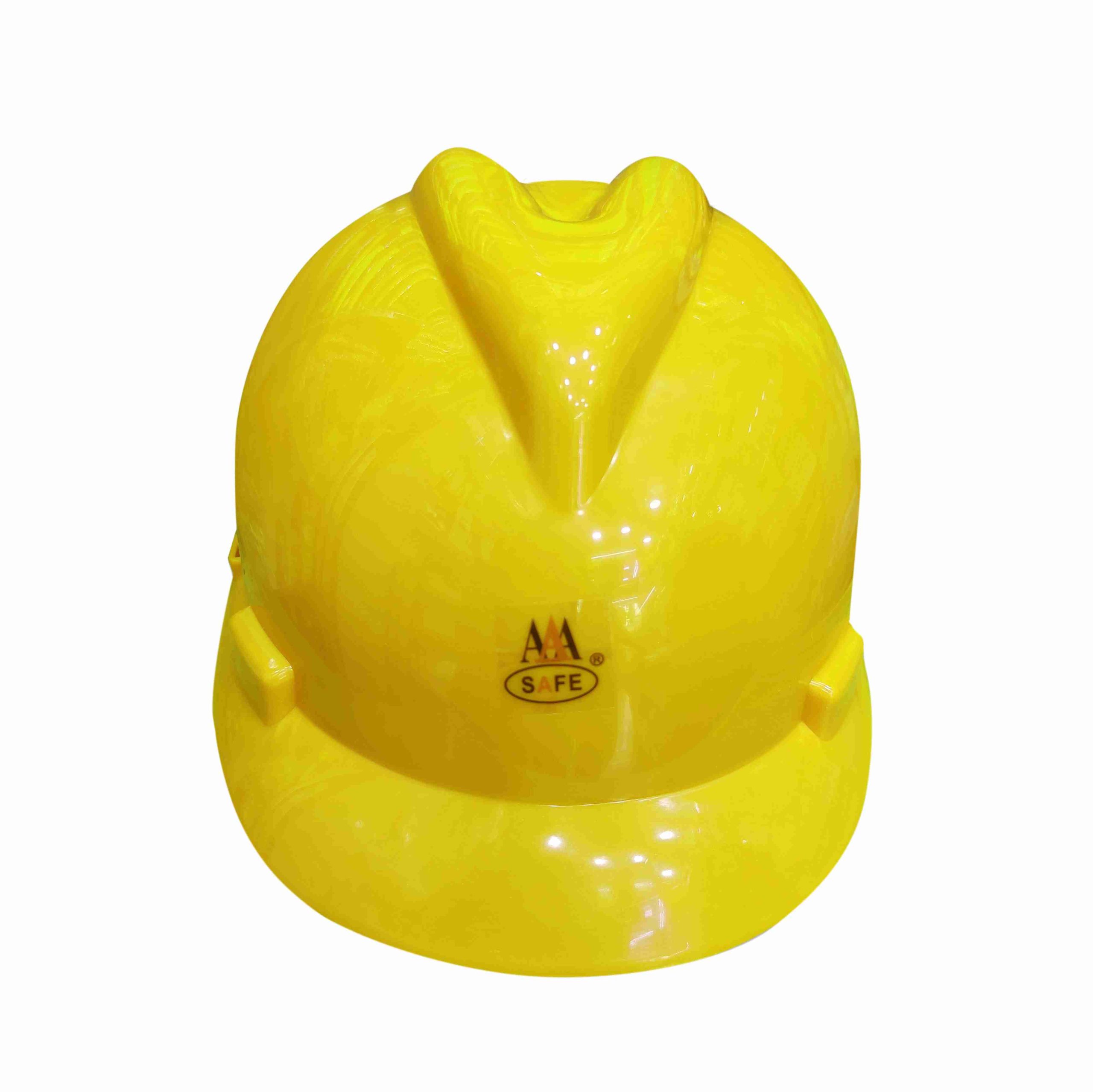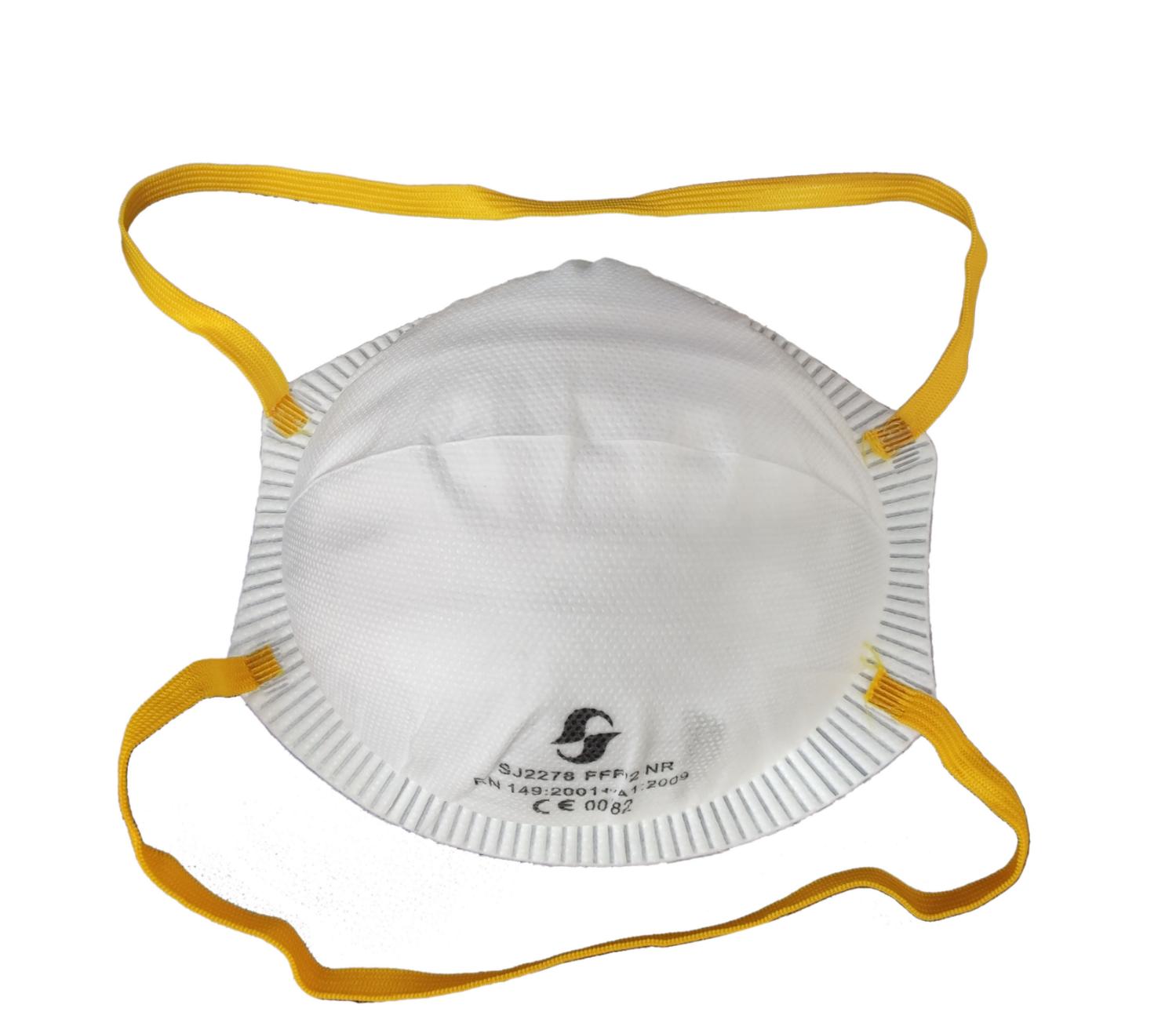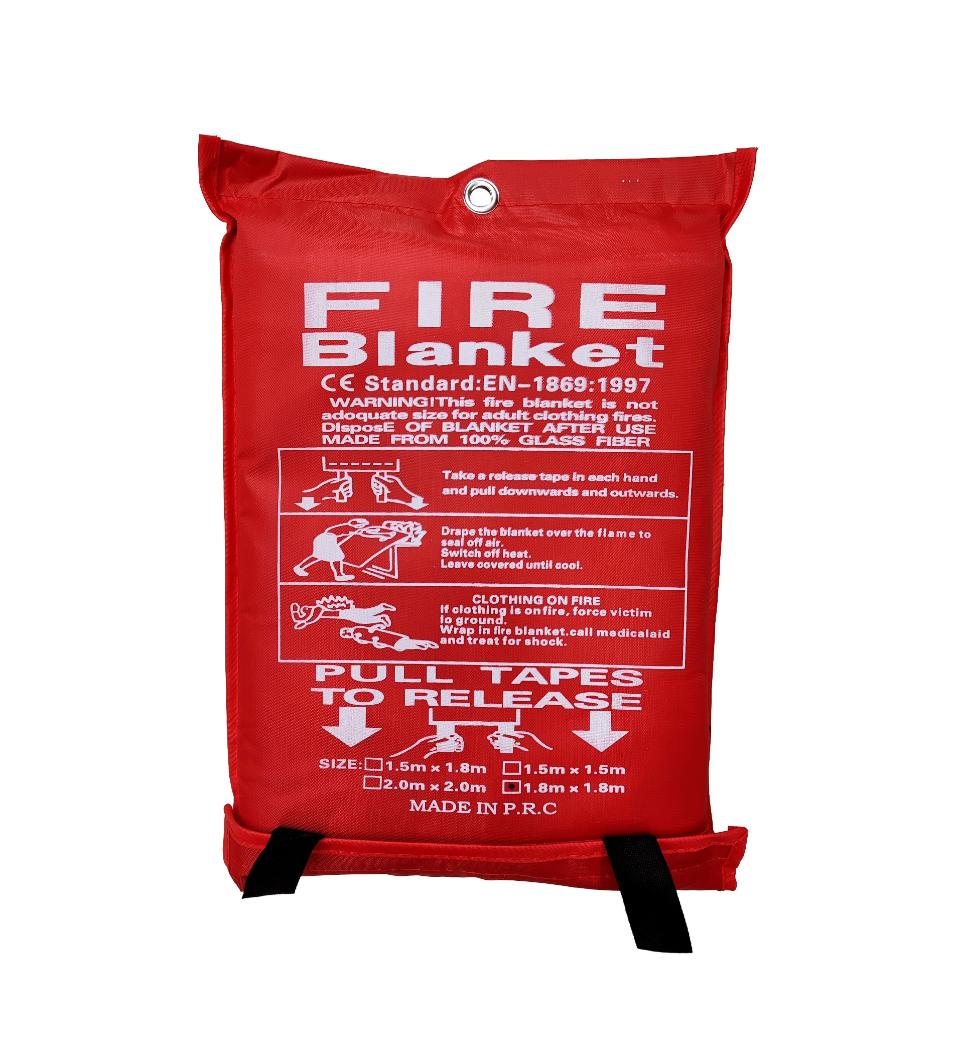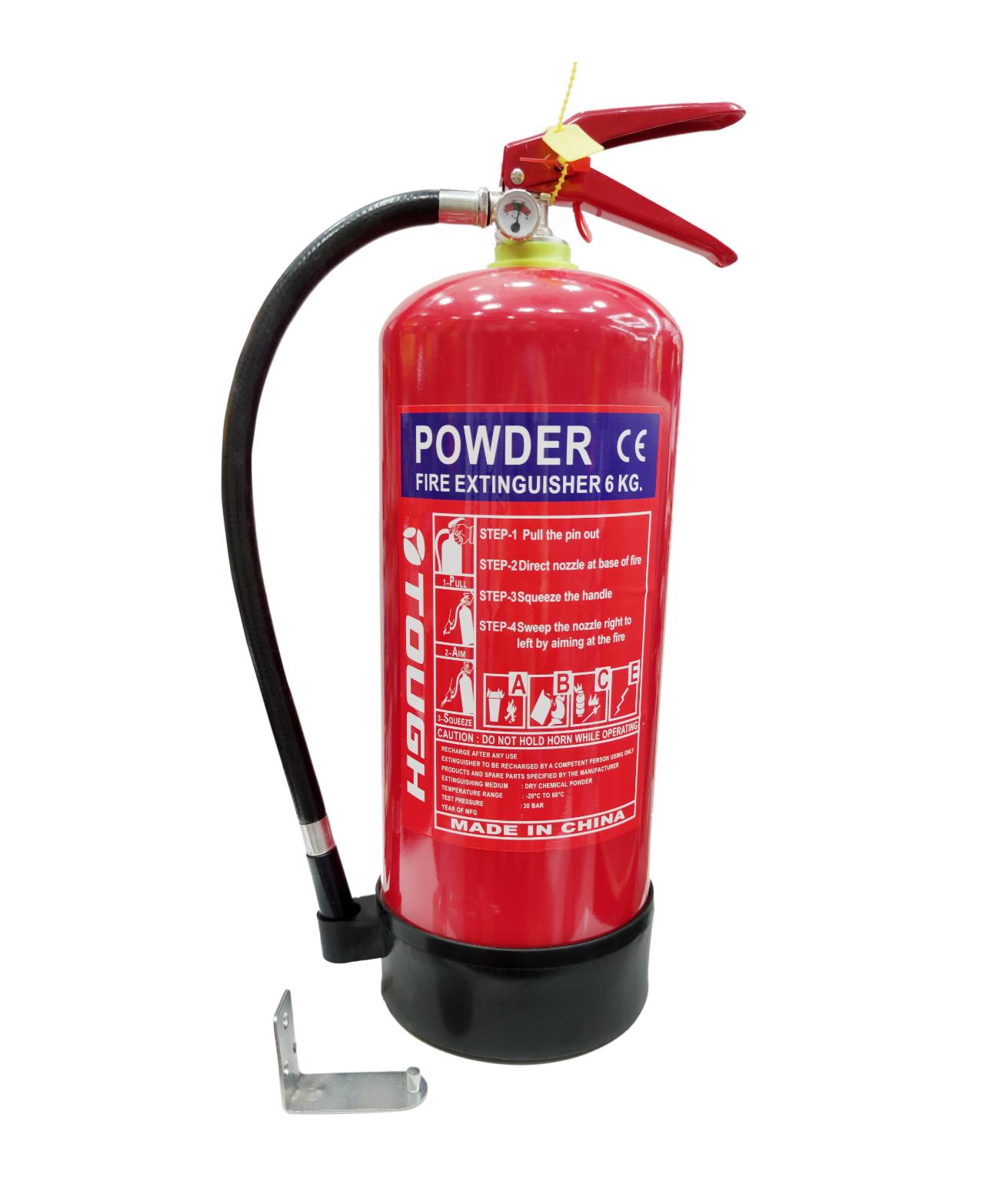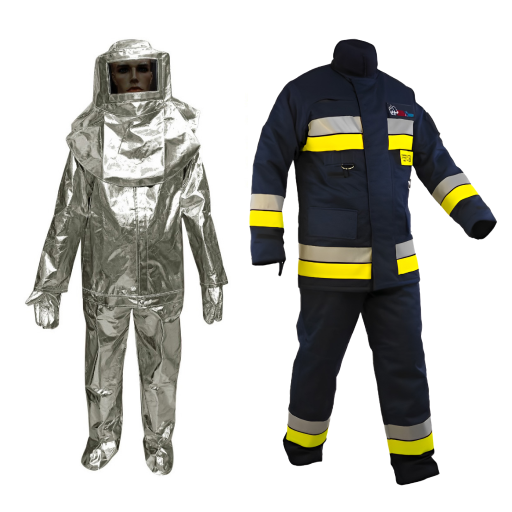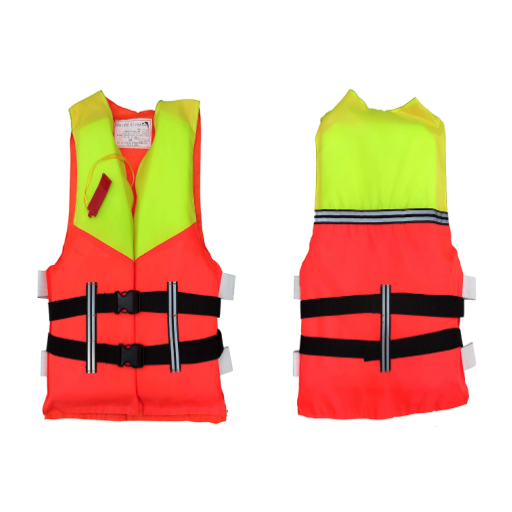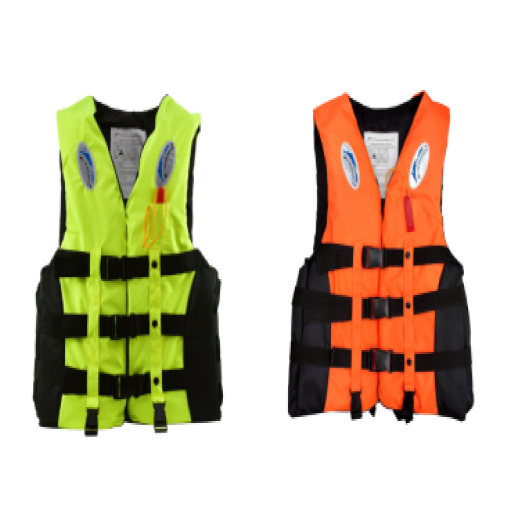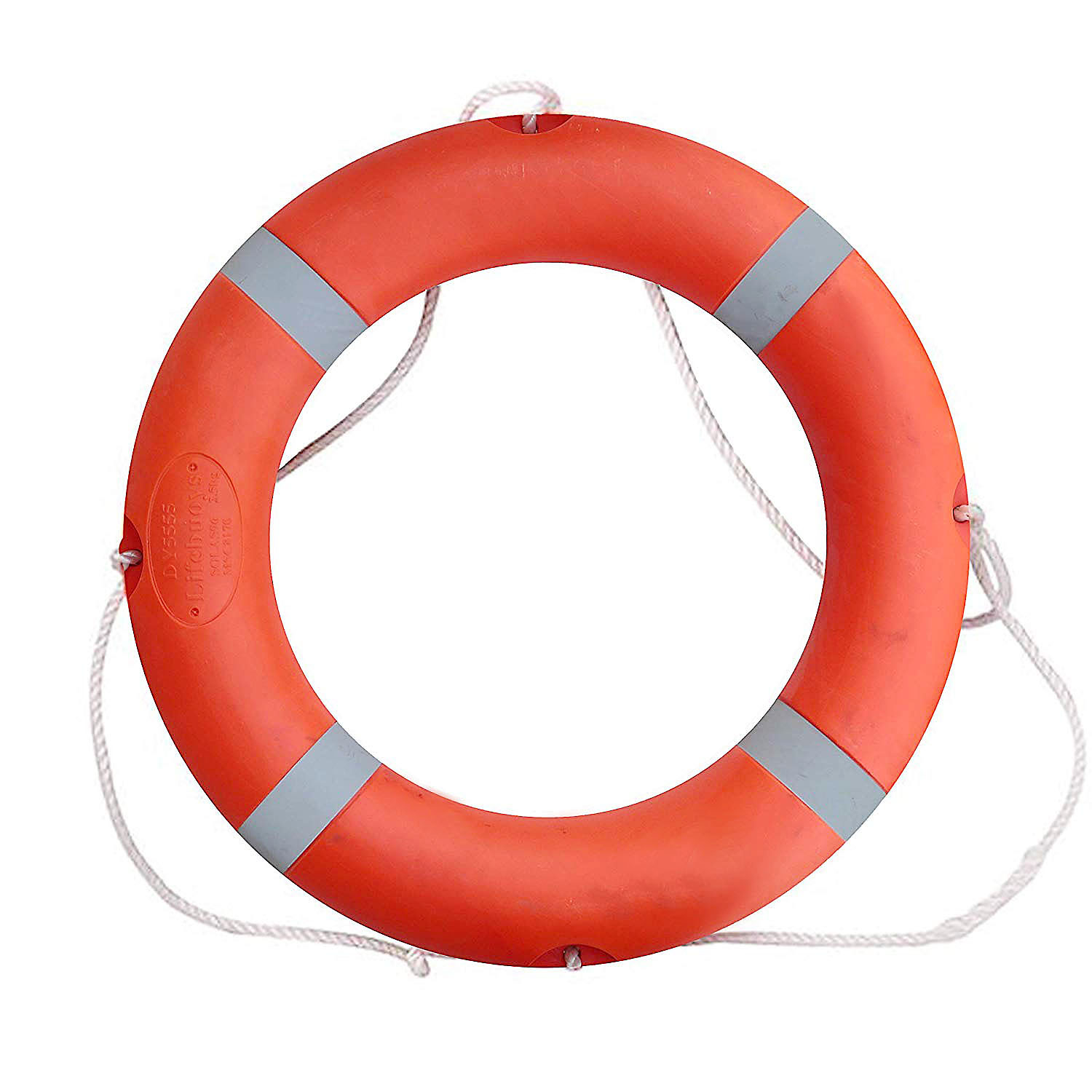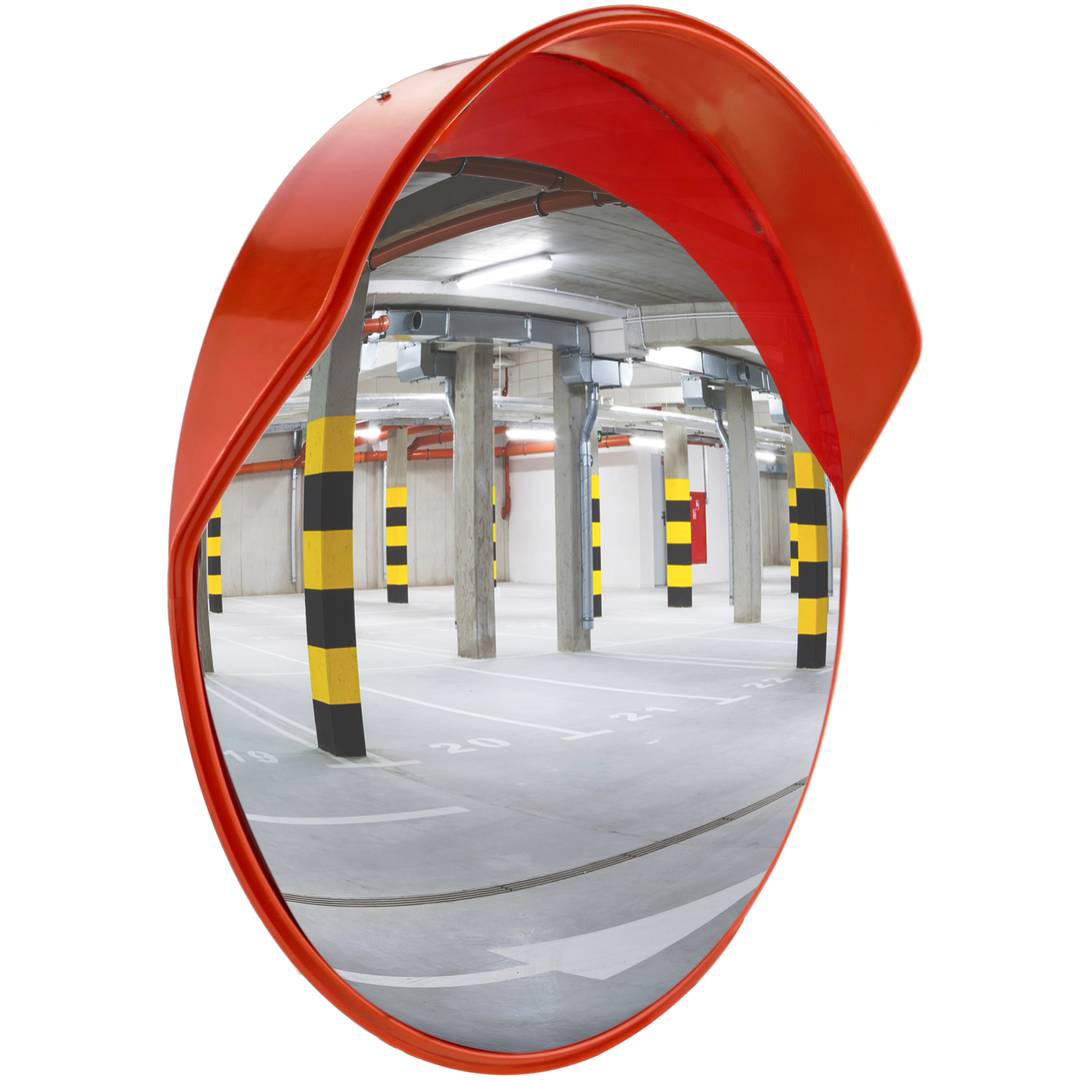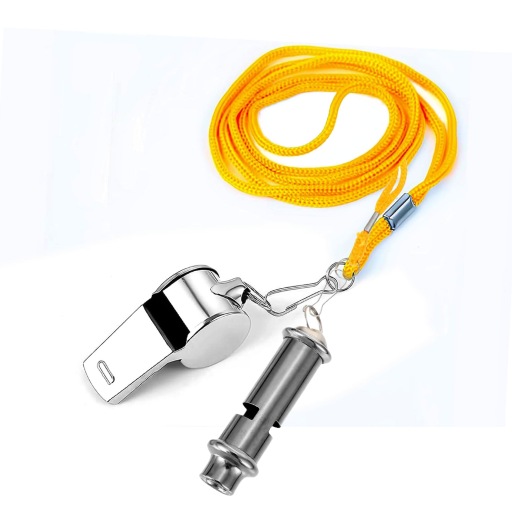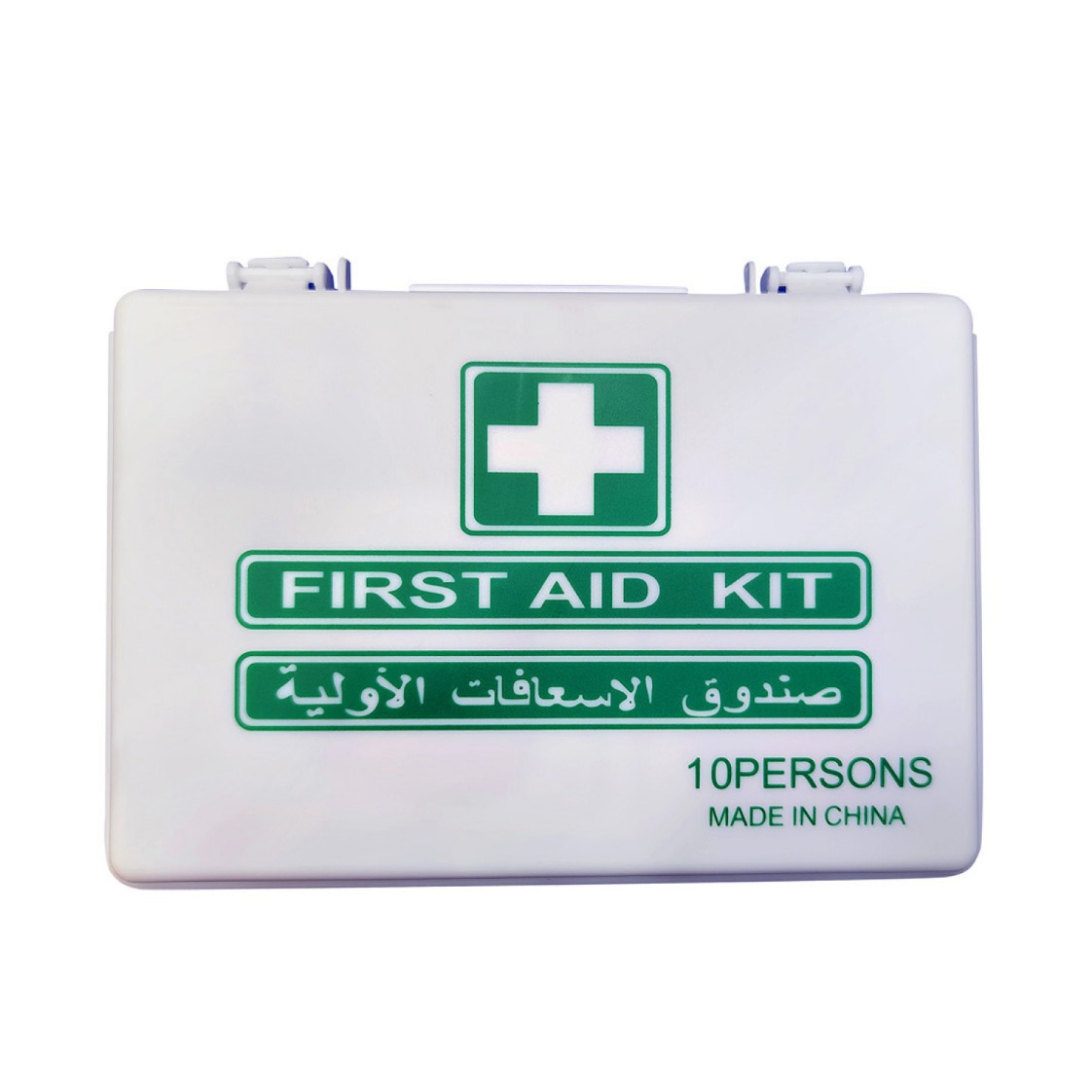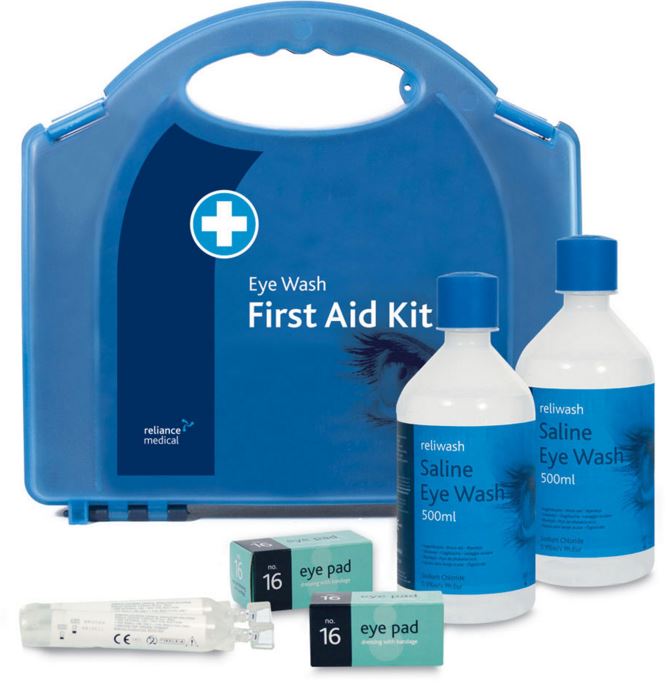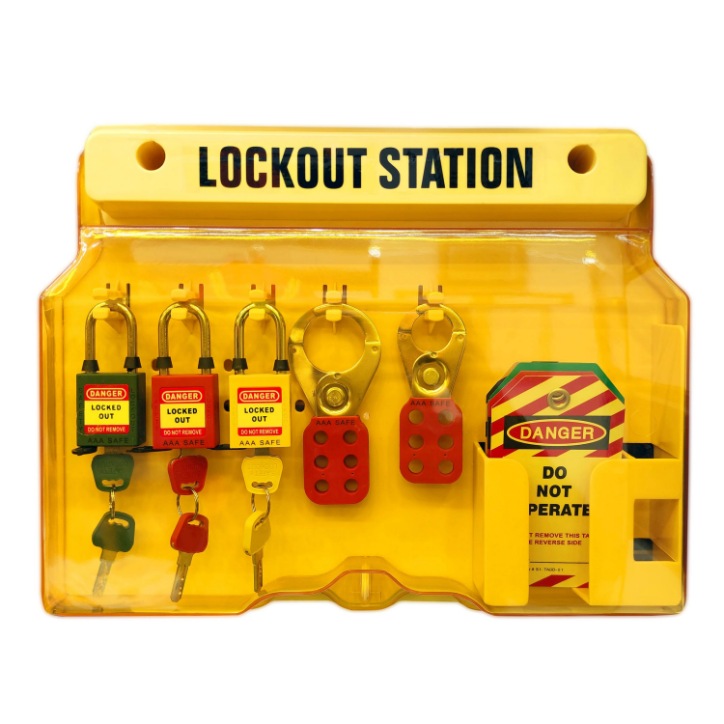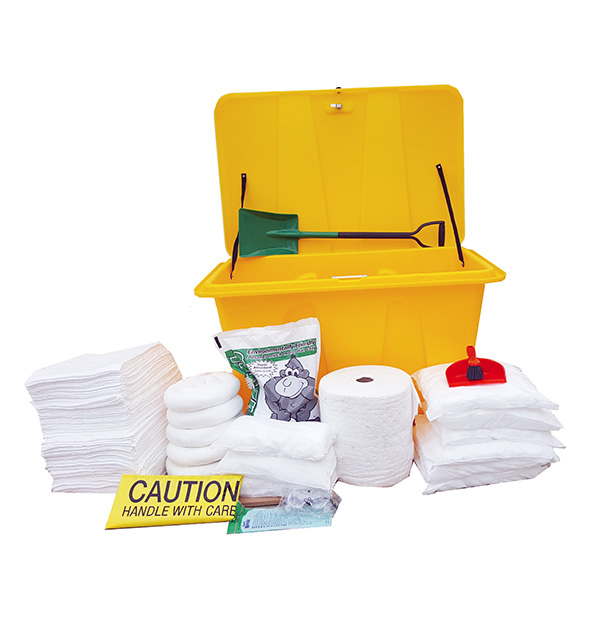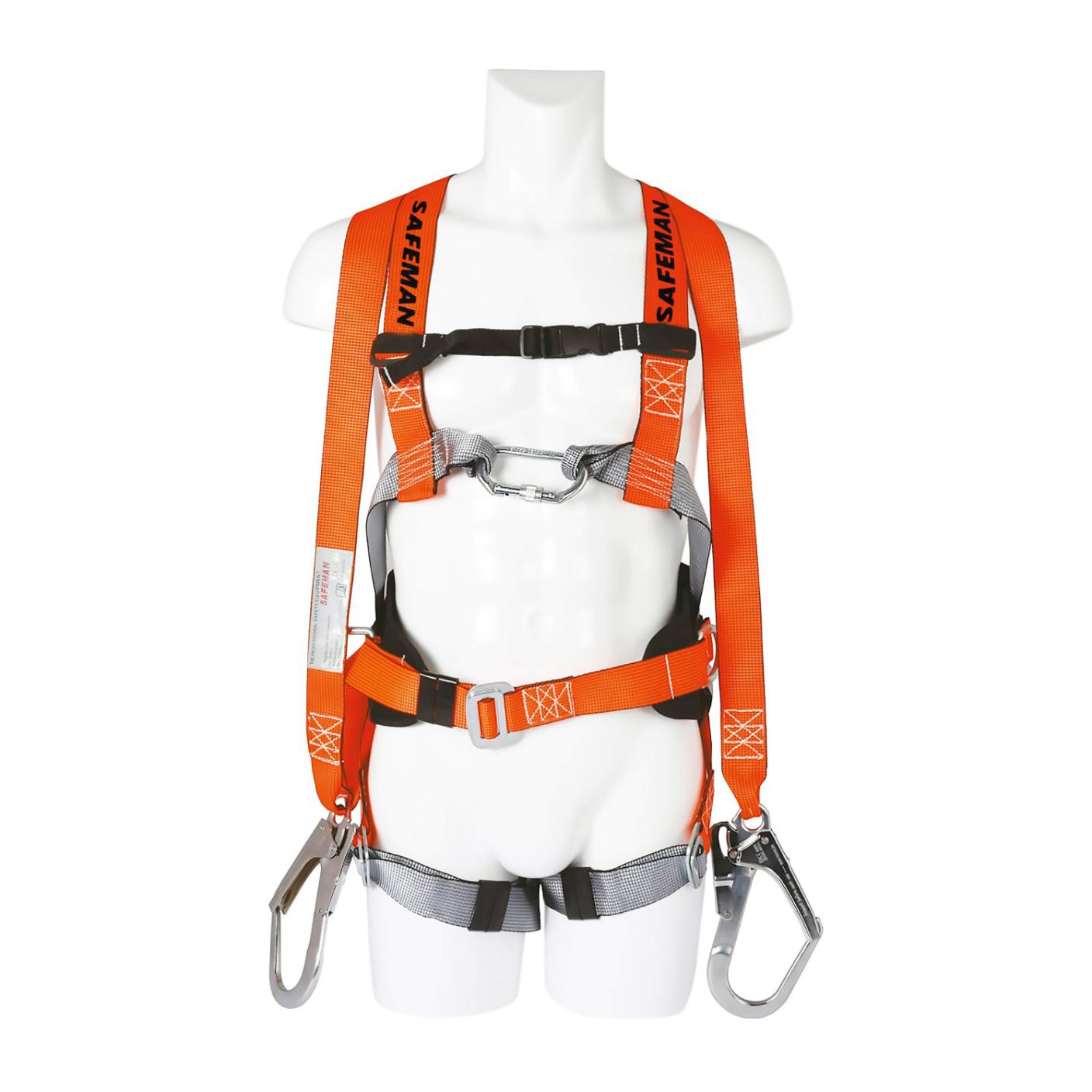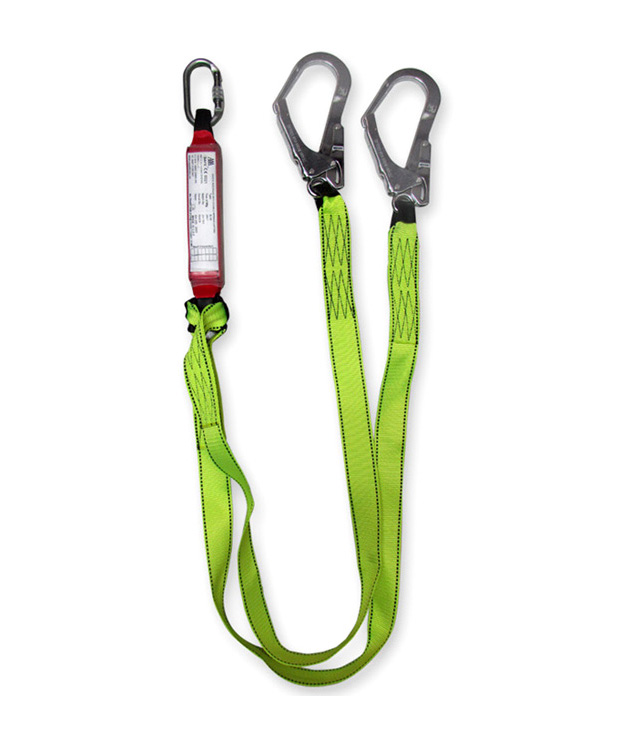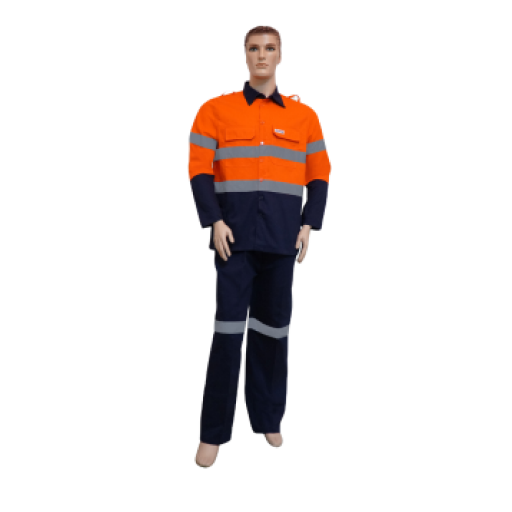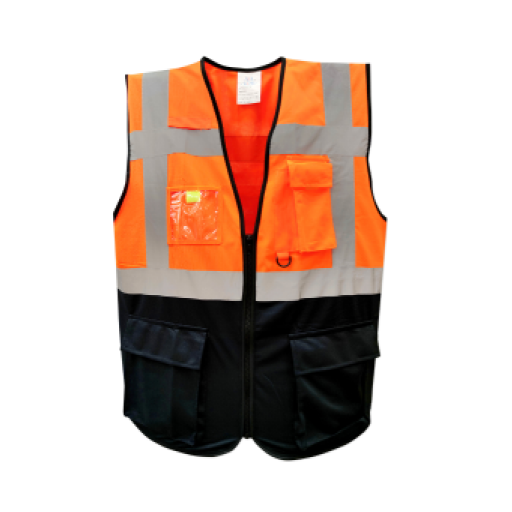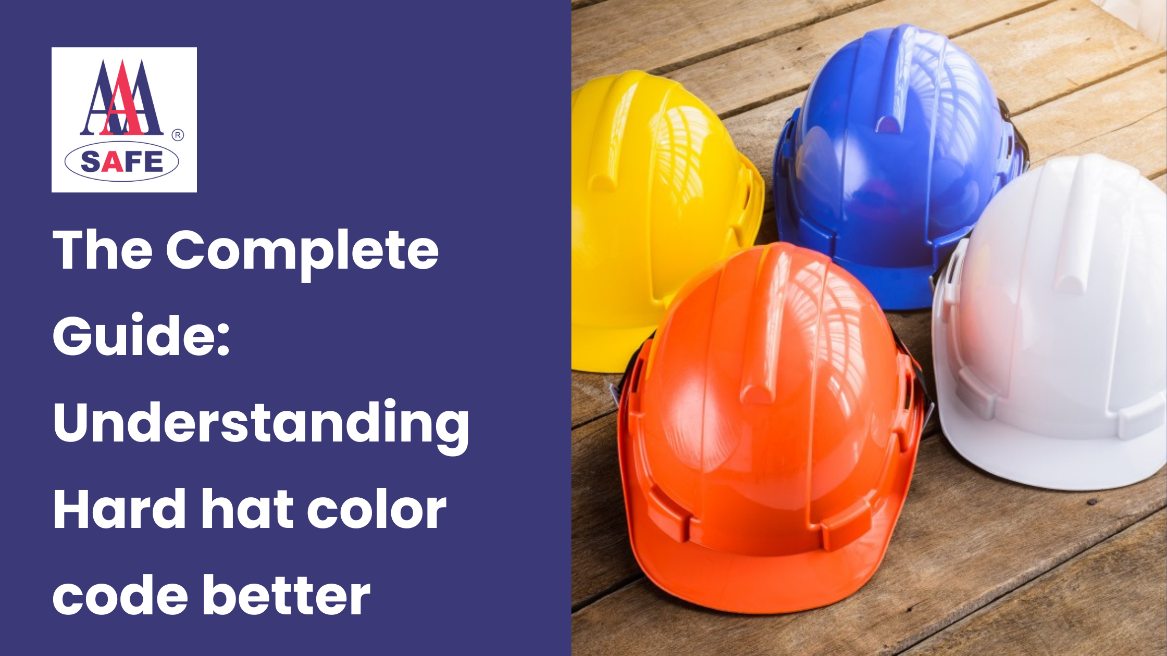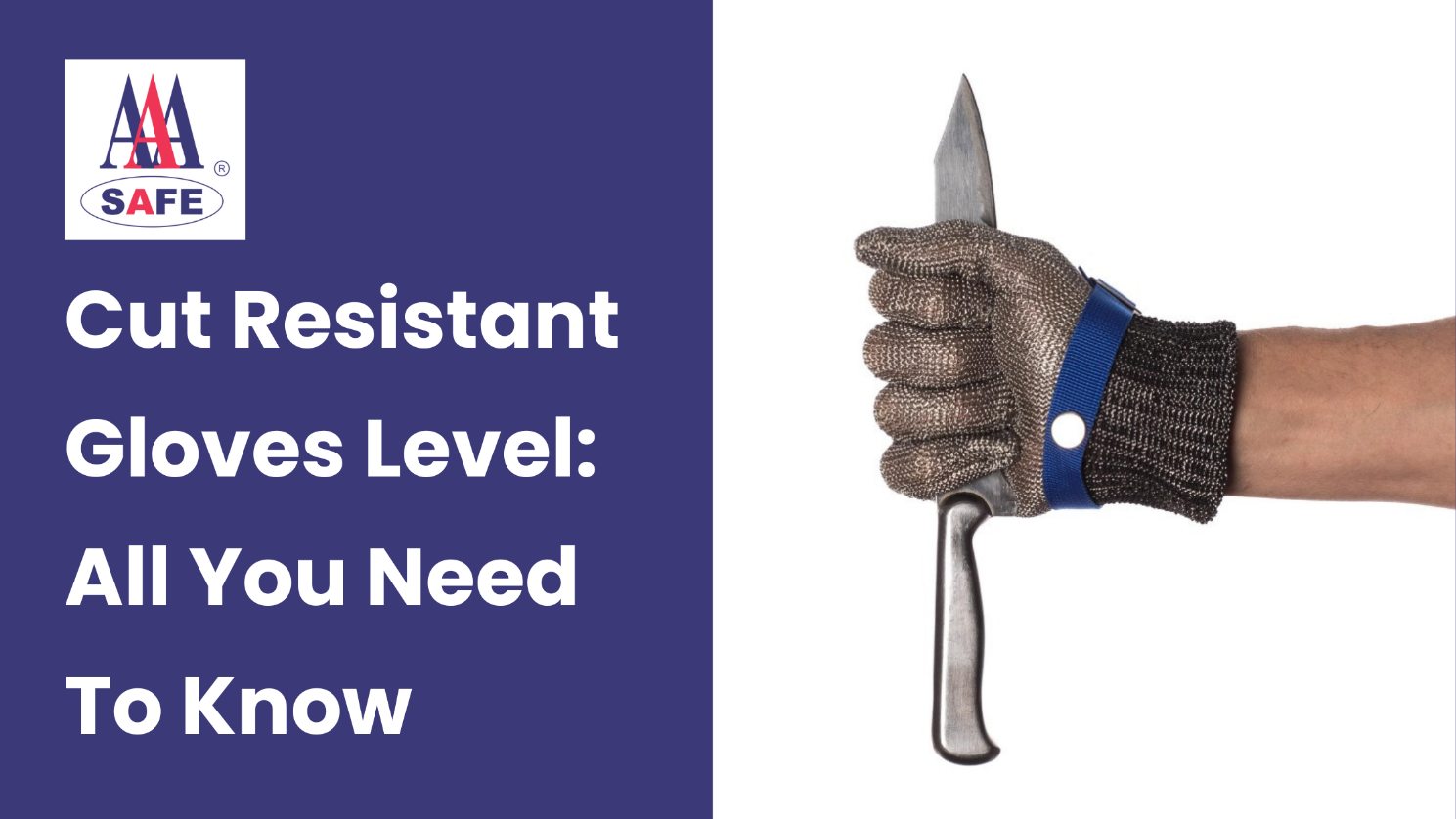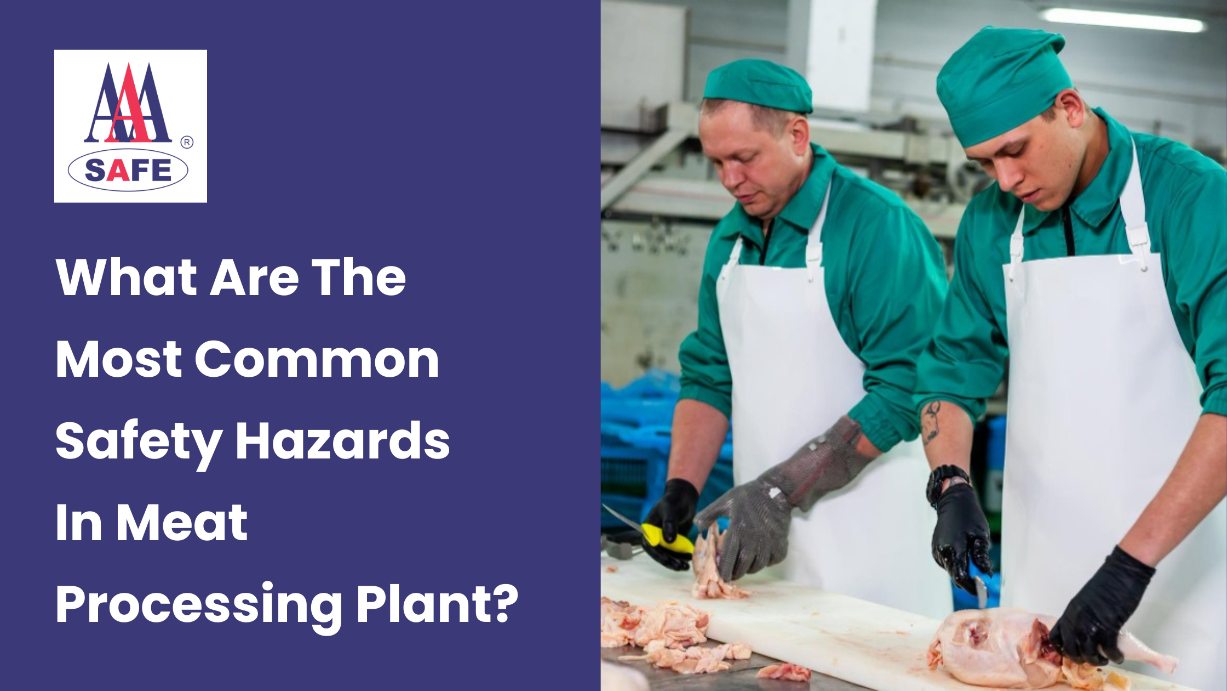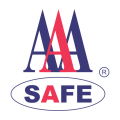Imagine you’re, in the midst of your work performing your regular duties when all of a sudden something goes awry resulting in an injury. Not only does it cause discomfort but it can also create significant challenges for both you and the entire company. This is where safety jackets step in as heroes for workers. In this article, we will delve into the financial implications of workplace accidents and explore how safety jackets play a pivotal role in ensuring everyone’s well-being.
Workplace injuries and their economic consequences
It may come as a surprise. Workplace injuries are quite prevalent. People can sustain injuries across professions be it construction work, office-based jobs or healthcare settings. When someone gets injured on the job it goes beyond experiencing pain; there are also repercussions to consider.
Direct costs of workplace injuries
The materials, labour, and time expenditures that are directly connected to workplace accidents are referred to as the direct costs of workplace injuries. The amount of compensation that the employer is compelled to pay to the employee must take into account the following direct costs related to the accident:
- Medical Care – When an employee is hurt at work, the firm is typically liable for any associated medical costs. Even the smallest wounds could develop an infection or other problems. Even if the expense of medical care can vary, it is advisable to plan for the worse.
- Legal Fees – Even the strongest professional relationships might suffer as a result of an accident. In these situations, your direct financial burden may be significantly increased by court costs, attorney fees, and settlements.
- Insurance/Workers Compensation – The direct costs your organization may be liable for following a workplace injury include workers’ compensation and insurance fees. Depending on the insurance coverage you select, these expenses may vary; nonetheless, it’s vital to keep in mind that these overall costs may rise as a result of the volume of claims made against your facility.
Indirect costs of workplace injuries
The indirect expenses linked to occupational illness or injury are frequently where a firm suffers the most financial impact, even if direct costs are the easiest to quantify. This is because a corporation may underestimate or fail to adequately track these expenditures, which could result in higher costs. Furthermore, the effects of these costs frequently last longer. Some particular areas to think about include:
- Employee Replacement – Work must continue despite an injured employee’s inability to do so. It is expensive to train new hires or existing employees to fill in for an injured coworker, and firms that use current employees to do overtime work may incur additional costs.
- Productivity Loss – One well-known aspect that affects a facility’s bottom line is productivity loss. Your output will suffer if your staff are unable to perform at their highest level owing to weariness or other reasons for downtime. This will result in lesser revenue that might not be able to be recovered.
- Low morale – Employee morale frequently declines following a workplace accident. This poor morale results in higher absenteeism rates, diminished business loyalty, and subpar performance, whether it is as a result of the trauma of witnessing a colleague’s injuries, concern for their safety, or even resentment about having to cover for the injured colleague.
- Reputational harm – Workplace accidents can harm a business’s reputation. This may lead to a decline in clients, agreements, or collaborations, which would further harm the business’s finances.
- Equipment and Property Damage – Workplace accidents can occasionally result in equipment or property damage, which increases the cost burden.
The role of safety jackets in workplace safety
These jackets frequently have neon colours and reflective stripes to increase visibility and safety in a variety of working conditions.
Safety jackets nowadays have become quite fancy with the latest technology. Some of these jackets are equipped with light-up features, much like a glow stick at a party. Additionally, they are even designed to incorporate built-in radios. The integration of such technological advancements undoubtedly enhances people’s safety measures.
Benefits of wearing a safety jacket
Safety vests have several advantages in the workplace, including:
- Increased visibility: Wearing safety gear increases workers’ visibility to coworkers, machinery operators, and drivers. These jackets’ vivid colours and reflective features assist in preventing mishaps brought on by poor visibility and make it easier to recognize the wearer’s presence immediately, lowering the danger of collisions or other events.
- Safeguarding against mishaps: Safety jackets are frequently constructed from strong materials that provide some amount of defence against mechanical wounds like cuts and abrasions. These jackets can lessen the severity of potential accidents and the financial costs associated with them by adding an extra layer of protection.
- Enhanced workplace safety culture: By introducing safety jacket rules, businesses show their dedication to the security and well-being of their staff members. This dedication promotes a workplace culture that places a high emphasis on safety, motivating employees to be more watchful and proactive about adhering to safety procedures. A good safety culture can help prevent accidents and, as a result, lessen the financial burden of workplace injuries.
Why workers should use safety jackets
Workers must actively incorporate wearing safety jackets into their everyday work routines and be aware of how important it is to do so. Safety jacket use among employees ought to be prioritized for the following reasons:
- Self-protection: As personal protective equipment (PPE), safety jackets can protect workers from potential risks. Workers who wear safety jackets take preventative efforts to shield themselves from injury, lowering their chance of workplace accidents and the financial toll on their personal lives.
- Legal compliance: The wearing of safety jackets is mandated by law in many professions and nations, particularly in areas where there is a risk of injury. Employees who follow these rules not only stay out of legal trouble but also make the workplace a safer place for themselves and their coworkers.
- Improved job satisfaction: Job satisfaction and general well-being can be significantly impacted by feeling safe and protected at work. By offering safety jackets, an employer may show employees that they prioritise their safety and foster a positive work atmosphere. Increased productivity and decreased turnover rates can result from this positivism, which is financially advantageous for the employer as well as the employees.
The money math behind safety jackets
Safety jackets serve as a wise investment for companies. By allocating funds to purchase these jackets, they can experience enhanced profitability in the long run. This financial advantage is commonly referred to as Return on Investment (ROI).
Let’s consider a scenario where a company invests $100 in safety jackets. As a result of implementing this safety measure, they can potentially reduce expenses related to medical care, medication, and worker’s compensation by $50. Consequently, the company saves an equivalent amount of money—an opportunity akin to receiving additional funds at no cost!
The Return on Investment (ROI) is akin to giving a financial high-five. It communicates to companies the opportunity of investing a little money now for substantial returns in the future. Safety jackets prove to be a win-win situation as they not only ensure the well-being of workers but also contribute to cost savings for the company.
Overcoming challenges with safety jackets
Safety jackets often encounter challenges, with cost being a significant hurdle. Some companies perceive safety jackets as overly expensive; however, they must recognize the long-term cost-saving potential these jackets offer. Therefore, businesses must consider the broader perspective and weigh the benefits against the initial investment.
Another challenge arises when ensuring that everyone wears their safety jackets. Some individuals may find these jackets uncomfortable and feel reluctant to wear them. To address this issue, companies must engage in open communication with their workers, thoroughly explaining the significance of safety jackets. This approach enhances understanding among employees, leading to an increased likelihood of adherence to wearing safety jackets.
What you can do to prevent workplace mishaps
For the protection of employees as well as their productivity, a safe workplace must be maintained. Fortunately, there are many strategies you may do to lessen the possibility of workplace accidents.
The following are some of the top tips and techniques for avoiding trips, slips, and falls:
- Verify that the floor is free of any slick areas.
- On slippery surfaces, provide railings.
- Give workers the tools they need to finish the job safely.
- Give employees the appropriate instruction that supports workplace safety regulations.
- Use the appropriate safety gear.
- Internal auditing is a particularly efficient technique to reduce risks, which in turn reduces workplace accidents.
The final verdict
Workplace injuries pose not only physical pain but also a significant financial burden. However, there exists a solution in the form of safety jackets. These vibrant and protective garments emerge as invaluable assets, safeguarding workers and preventing excessive expenditure on medical bills and compensation. It’s a remarkable double victory!











